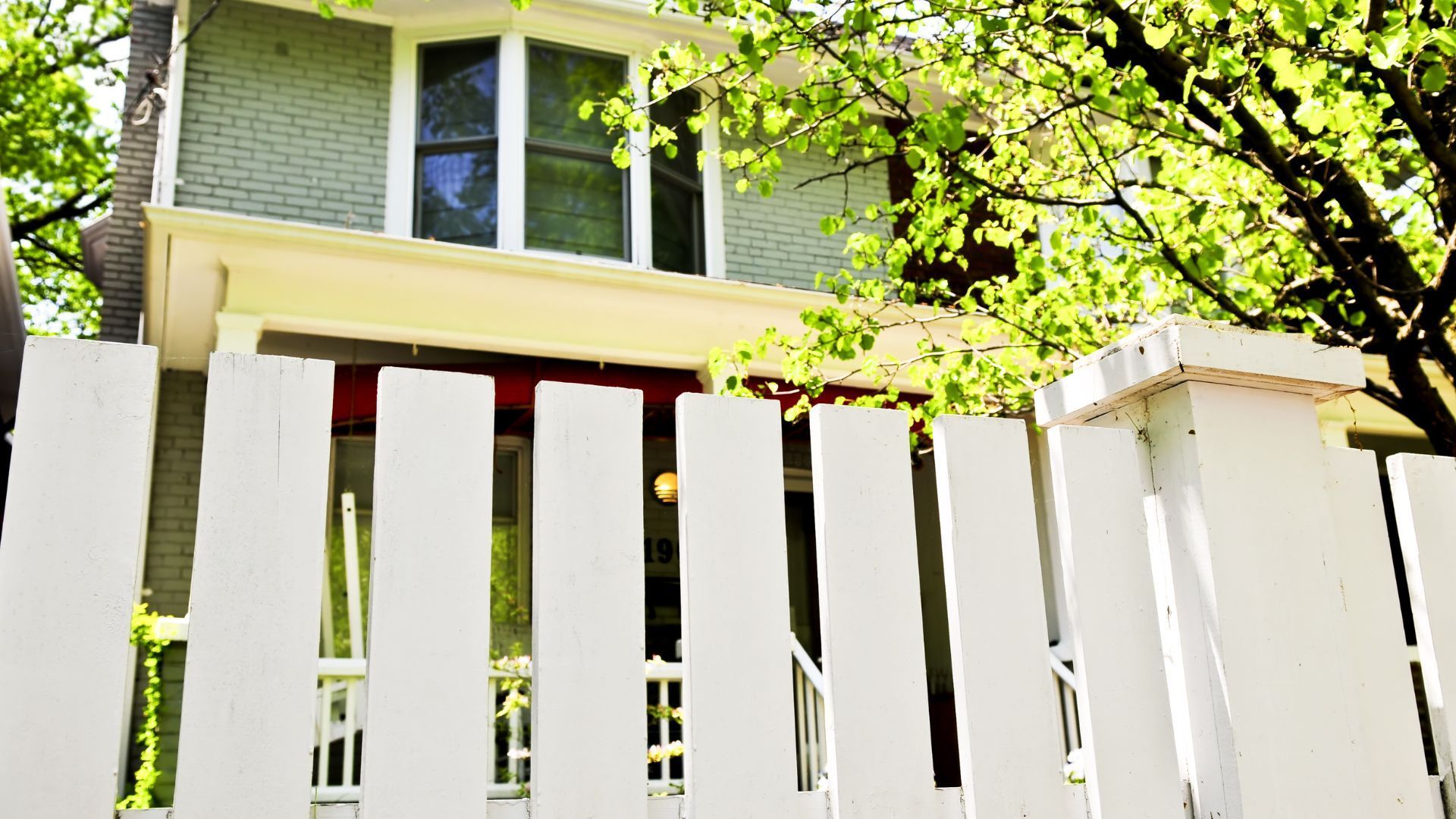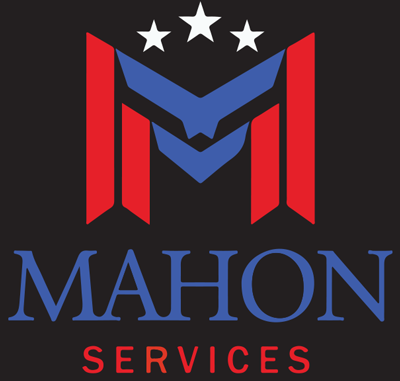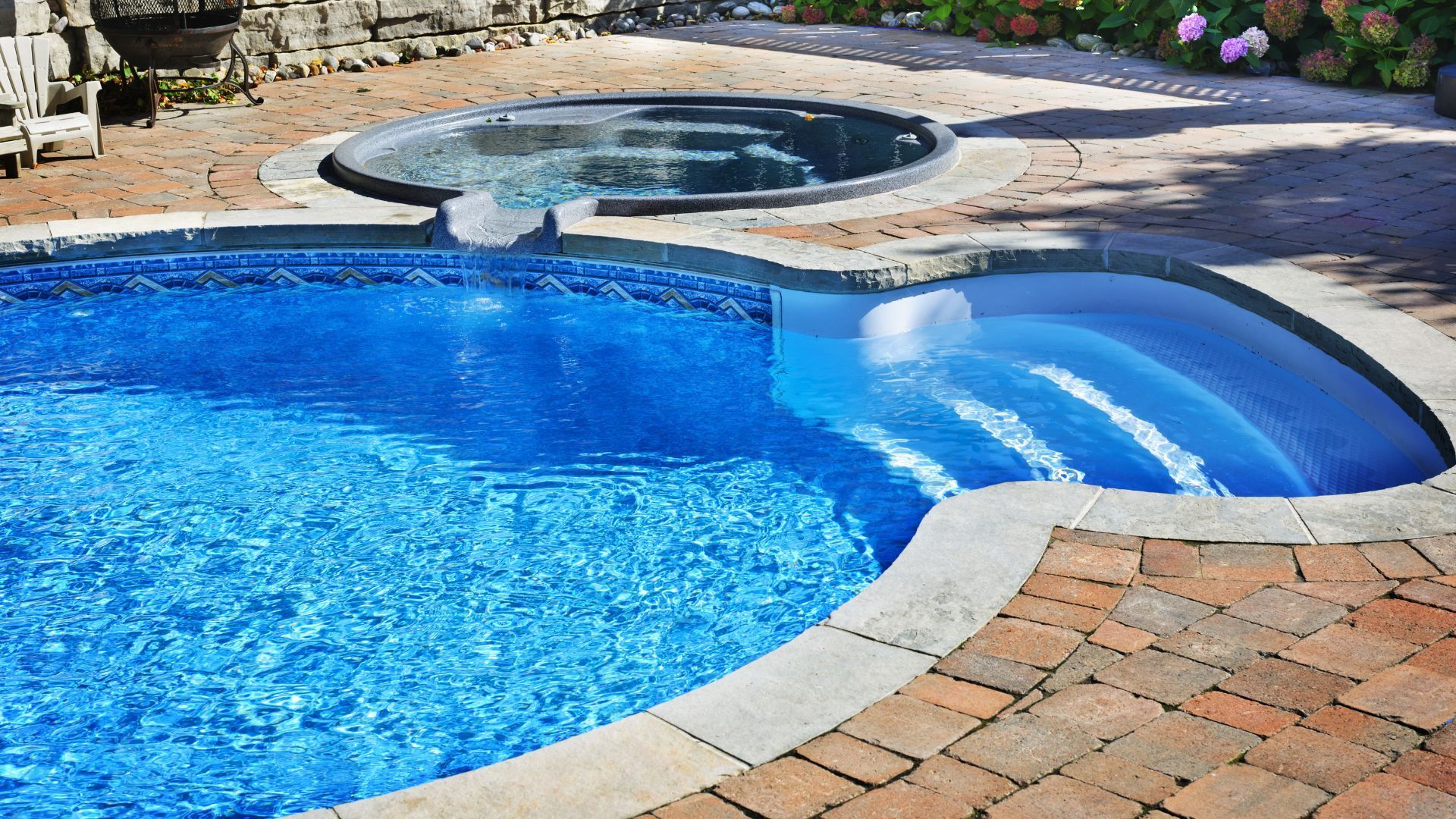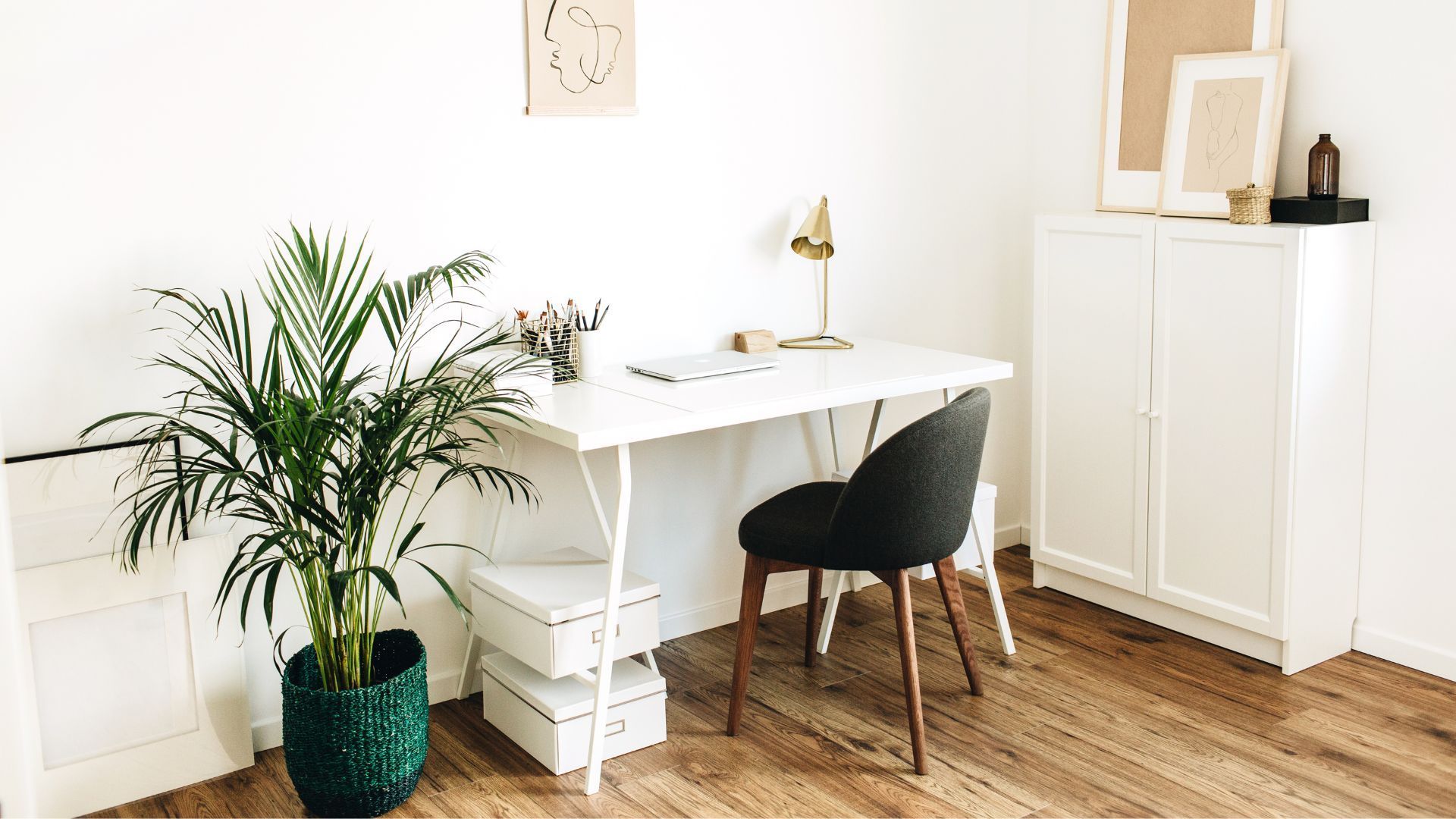Backsplash Ideas for Kitchen
A backsplash is more than just a protective barrier for your kitchen walls—it’s a design statement, an investment in durability, and an opportunity to enhance the overall feel of your space. Whether you're renovating or just looking for a quick refresh, selecting the right backsplash can instantly elevate your kitchen. With so many styles, materials, and designs available, finding the perfect fit can feel overwhelming. This guide will explore various backsplash ideas for kitchen designs that balance functionality and style while improving home value.
Why a Backsplash Matters
The kitchen is one of the most used rooms in a home, and the backsplash plays a key role in keeping it clean and well-maintained. Without one, walls behind your stove and sink can suffer from stains, grease buildup, and water damage. Over time, moisture exposure can lead to mold and mildew issues, which are costly to repair. A backsplash acts as a shield, preventing these problems while making cleanup easier.
Beyond function, a backsplash also ties together the overall kitchen aesthetic. It connects the countertops to the cabinetry, adds texture, and can serve as a striking focal point. In modern kitchens, backsplashes extend beyond traditional tiled designs, incorporating materials like full-slab quartz, mirrored surfaces, and mixed textures.
For homeowners considering resale value, updating a backsplash is a cost-effective way to modernize a kitchen without a full renovation. It’s one of the first details potential buyers notice, making it a worthwhile investment.
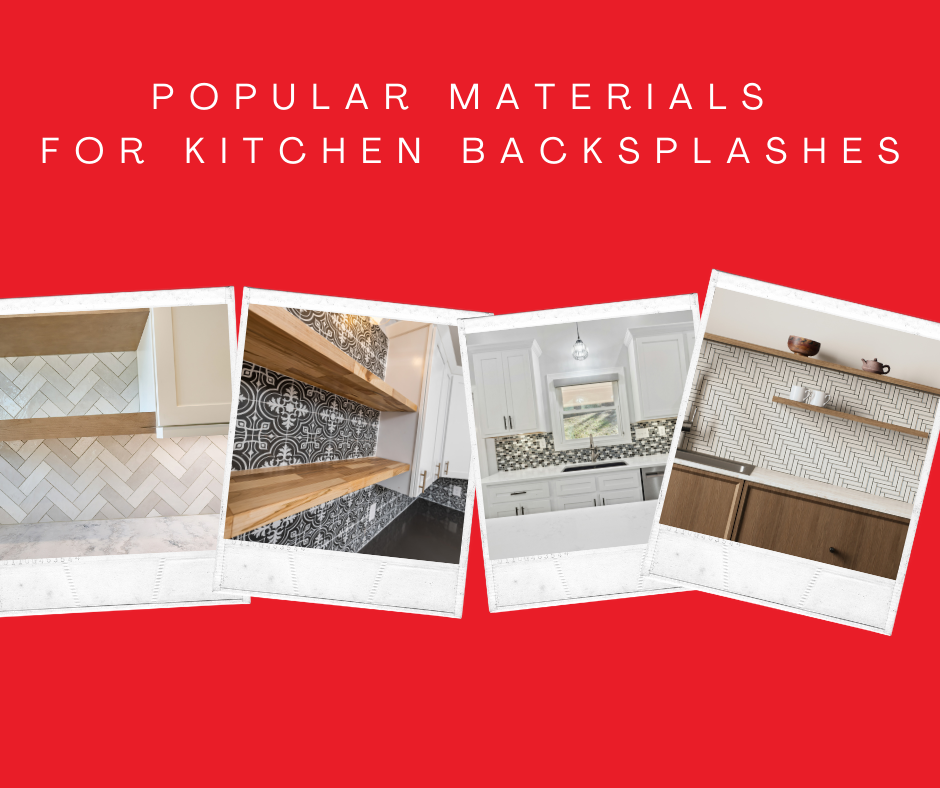
Popular Materials for Kitchen Backsplashes
When selecting a backsplash, the material you choose significantly impacts the look and maintenance level of your kitchen. Below are some of the most popular options:
1. Ceramic and Porcelain Tile
- Pros: Durable, water-resistant, and available in countless colors and patterns.
- Cons: Grout lines require maintenance to prevent staining.
- Best for: Traditional, modern, and farmhouse kitchens.
Ceramic and porcelain tiles are the most common backsplash choices. They’re affordable, easy to clean, and can mimic more expensive materials like marble or stone. If you want a classic look that won’t go out of style, subway tiles in a neutral shade are a timeless option.
2. Glass Tile
- Pros: Reflects light, making small kitchens feel larger; easy to wipe clean.
- Cons: Smudges and water spots can be visible.
- Best for: Contemporary and modern kitchens.
Glass tile backsplashes give kitchens a sleek and polished appearance. They come in various colors and finishes, from frosted to glossy. Since glass tiles reflect light, they help brighten dark kitchens, adding a fresh and airy feel.
3. Natural Stone (Marble, Granite, Slate, Travertine, etc.)
- Pros: Luxurious and unique; each slab has natural variations.
- Cons: Requires sealing to prevent stains and water damage.
- Best for: High-end, rustic, and classic kitchens.
A natural stone backsplash brings sophistication and texture to a kitchen. Marble, for instance, creates an elegant look but demands regular maintenance to avoid staining. Granite and slate are more durable options that add organic warmth to the space.
4. Peel-and-Stick Backsplash
- Pros: Budget-friendly, DIY-friendly, and temporary (ideal for renters).
- Cons: Less durable than traditional tile; adhesive may weaken over time.
- Best for: Rental properties or quick kitchen makeovers.
Peel-and-stick backsplashes offer an easy solution for homeowners who want a fresh look without committing to permanent tile. They come in faux tile, brick, and stone designs, giving the appearance of a professionally installed backsplash.
5. Stainless Steel or Metal Backsplash
- Pros: Highly resistant to heat and stains; industrial and modern appearance.
- Cons: Prone to scratches and fingerprints.
- Best for: Contemporary and industrial kitchens.
Stainless steel backsplashes create a sleek, professional kitchen aesthetic. They are heat-resistant, making them ideal behind stoves. Some homeowners opt for patterned metal backsplashes, such as embossed tin, to add a vintage touch.
6. Brick or Faux Brick
- Pros: Adds warmth and a rustic feel; durable when properly sealed.
- Cons: Porous and requires sealing; rough texture can be harder to clean.
- Best for: Farmhouse, rustic, and industrial kitchens.
For a charming, cozy look, brick backsplashes bring an old-world feel to the kitchen. Faux brick panels are a great alternative, offering the same look without the maintenance challenges.
7. Wood or Shiplap Backsplash
- Pros: Unique and warm; great for farmhouse-style kitchens.
- Cons: Susceptible to water damage without proper sealing.
- Best for: Cottage, rustic, and coastal kitchens.
Wood backsplashes add character to a kitchen, especially in open-concept homes where warmth and texture are desired. Choosing waterproofed wood or applying a strong sealant helps prevent moisture damage.
Creative Backsplash Design Ideas for Kitchens
If you're looking to go beyond basic subway tile, consider these stylish backsplash ideas for kitchen renovations:
- Bold Geometric Tile – Incorporate Moroccan, encaustic, or hexagonal tiles for an eye-catching design.
- Herringbone or Chevron Layouts – A fresh take on subway tile that creates movement and texture.
- Full-Slab Quartz or Marble – Extending your countertop material up the wall creates a seamless, high-end look.
- Two-Tone Backsplash – Using different materials or colors for the upper and lower sections adds contrast.
- Metallic Accents – Gold or brass tiles can bring warmth and sophistication.
- Backlit Glass Backsplash – LED lighting behind a glass panel creates a stunning modern effect.

Choosing the Right Backsplash for Your Home
Several factors play a role in selecting the perfect backsplash:
- Maintenance Needs – Some materials, like natural stone, require more upkeep, while glass and porcelain are easier to clean.
- Budget Considerations – Costs vary widely. Peel-and-stick options start at around $10 per square foot, while marble slabs can exceed $100 per square foot.
- Cohesion with Countertops and Cabinets – Your backsplash should complement, not compete with, the other kitchen elements.
- Resale Value – Neutral tones and classic styles appeal to a broader audience if you plan to sell in the near future.
Home Inspector Tips: Proper Installation & Maintenance
A backsplash is an investment, so proper installation and care are crucial. Here are a few tips from a home inspector’s perspective:
- Seal Grout & Porous Materials – Prevent moisture damage by sealing grout lines and natural stone backsplashes.
- Check for Gaps Behind Appliances – Poorly installed backsplashes allow water and grease to seep in, leading to mold issues.
- Use High-Quality Adhesives – Ensuring a secure attachment prevents tiles from loosening over time.
- Choose the Right Grout Color – Dark grout hides stains better, while light grout keeps the space feeling open and bright.
Conclusion
A backsplash is a crucial element in kitchen design, balancing function and beauty. Whether you choose classic tile, bold patterns, or a modern slab, there are endless backsplash ideas for kitchen renovations that enhance both style and home value. Investing in a durable, easy-to-maintain option ensures longevity and adds a polished touch to your space.
If you're planning a kitchen update, start with the backsplash. Need a home inspection before remodeling? We can help ensure your kitchen is in top shape. Explore new backsplash ideas for kitchen improvements and bring your dream design to life!
